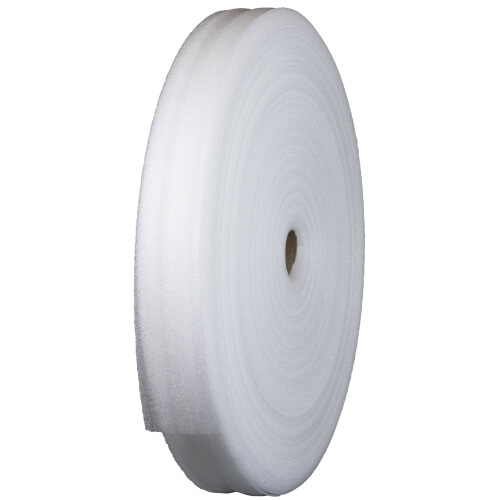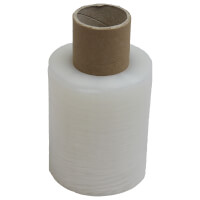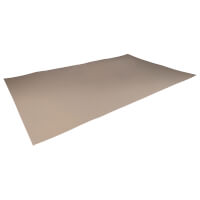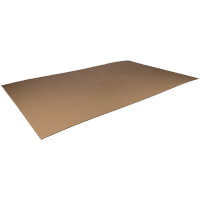+41 34 420 16 00
- Item:
- 221100200
- GTIN:
- 7640301733455
- White PE foam sheeting
- Format: 250m x 100cm x 2mm
- 1 roll / sack
Price scale
Product attributes
Detailed description
Foam film can be used for all packaging purposes that involve protecting products from impacts. Foam film gives slightly when impacted and thus absorbs the resulting energy, so that your product remains undamaged.
In addition, foam film is a very efficient filling material. The foam is very flexible and, once crumpled, expands as far as the remaining space in the box allows. This means your products are optimally protected from moving. You can order our foam film on rolls or as pre-cut blanks.
Let's talk about which option is best for you. A short, non-binding phone call is enough.
There are four fundamental differences in foam film:
- Dimensional weight
- Strength
- Lamination
- Structure
Depending on how heavy your product is, the density and thickness must be adjusted. The foam can also be laminated with various materials such as MDPE or kraft paper. In this way, the foam film can be made additionally moisture-proof or protect against scratches.
What does the density of foam film mean?
The density, RG for short, indicates the weight of the foam film per cubic meter. The higher the density, the denser the foam and the less it yields under pressure. Depending on how heavy the product to be packaged is, a higher or lower density is necessary.
The density says nothing about the strength of the foam. Nevertheless, the density and the strength are related. The heavier a product, the denser and thicker the foam usually has to be. However, a thickness of 1 to 5mm and a density of 20kg/m³ are usually sufficient.
Foam film can be either open-cell or closed-cell. In contrast to closed-cell foam film, open-cell foam film absorbs moisture, as you know from a kitchen sponge. However, we only stock closed-cell foam film.
Customer reviews
No reviews yet


















